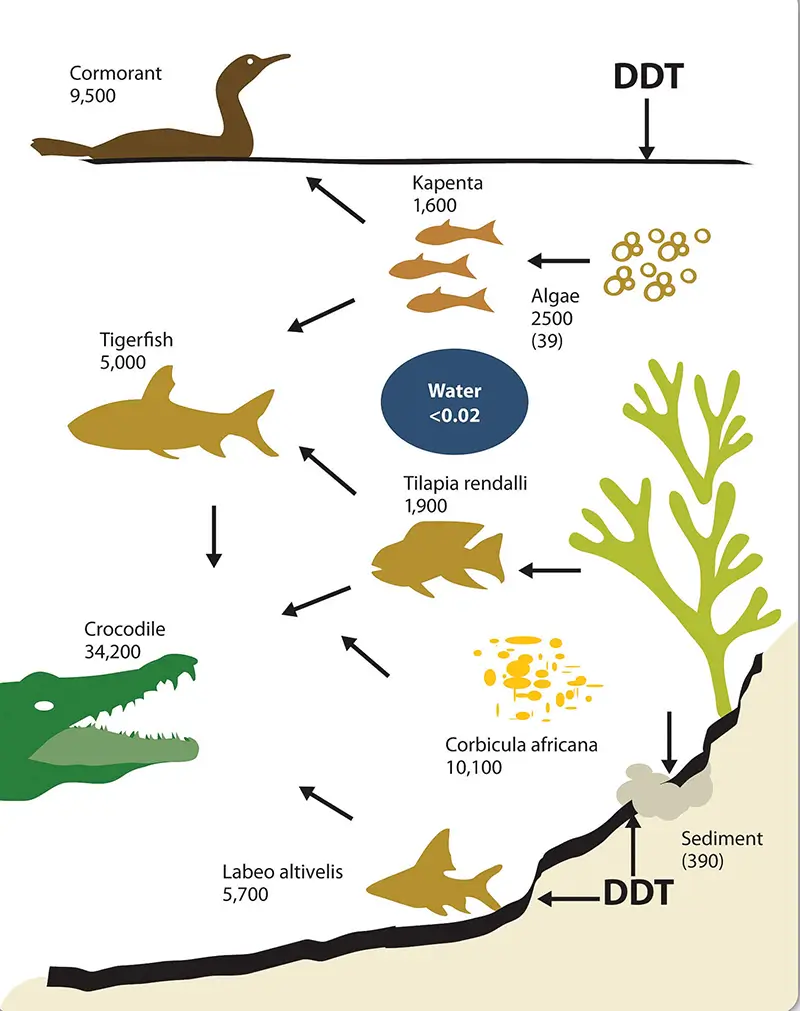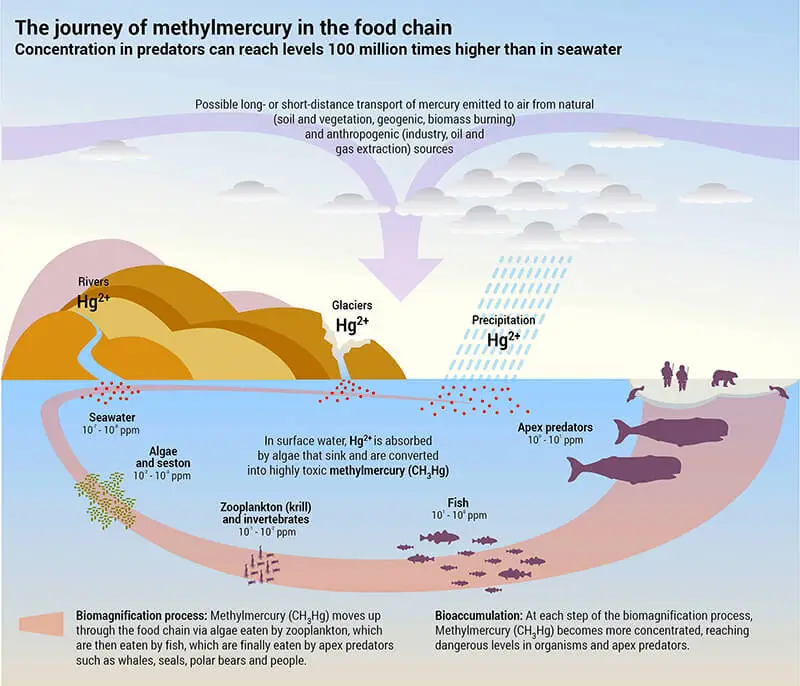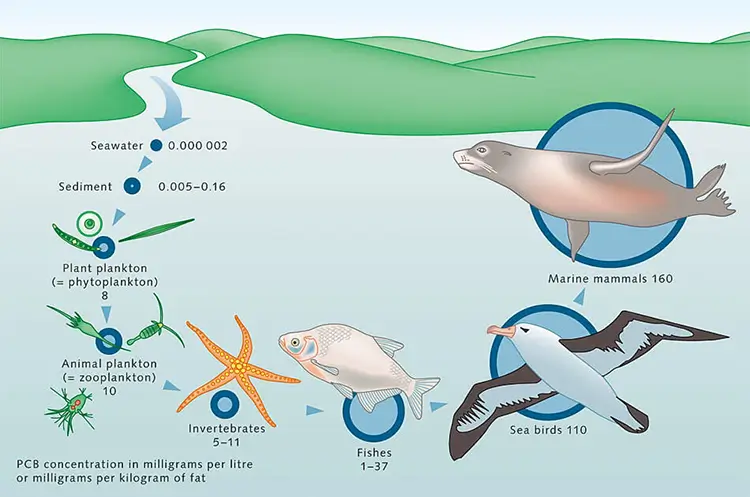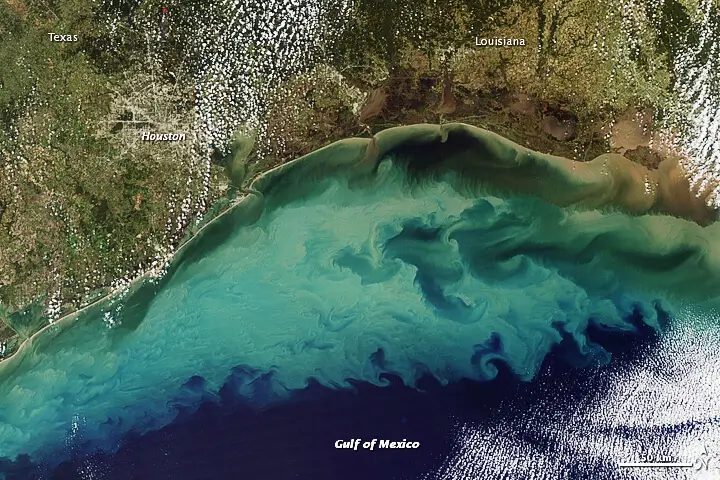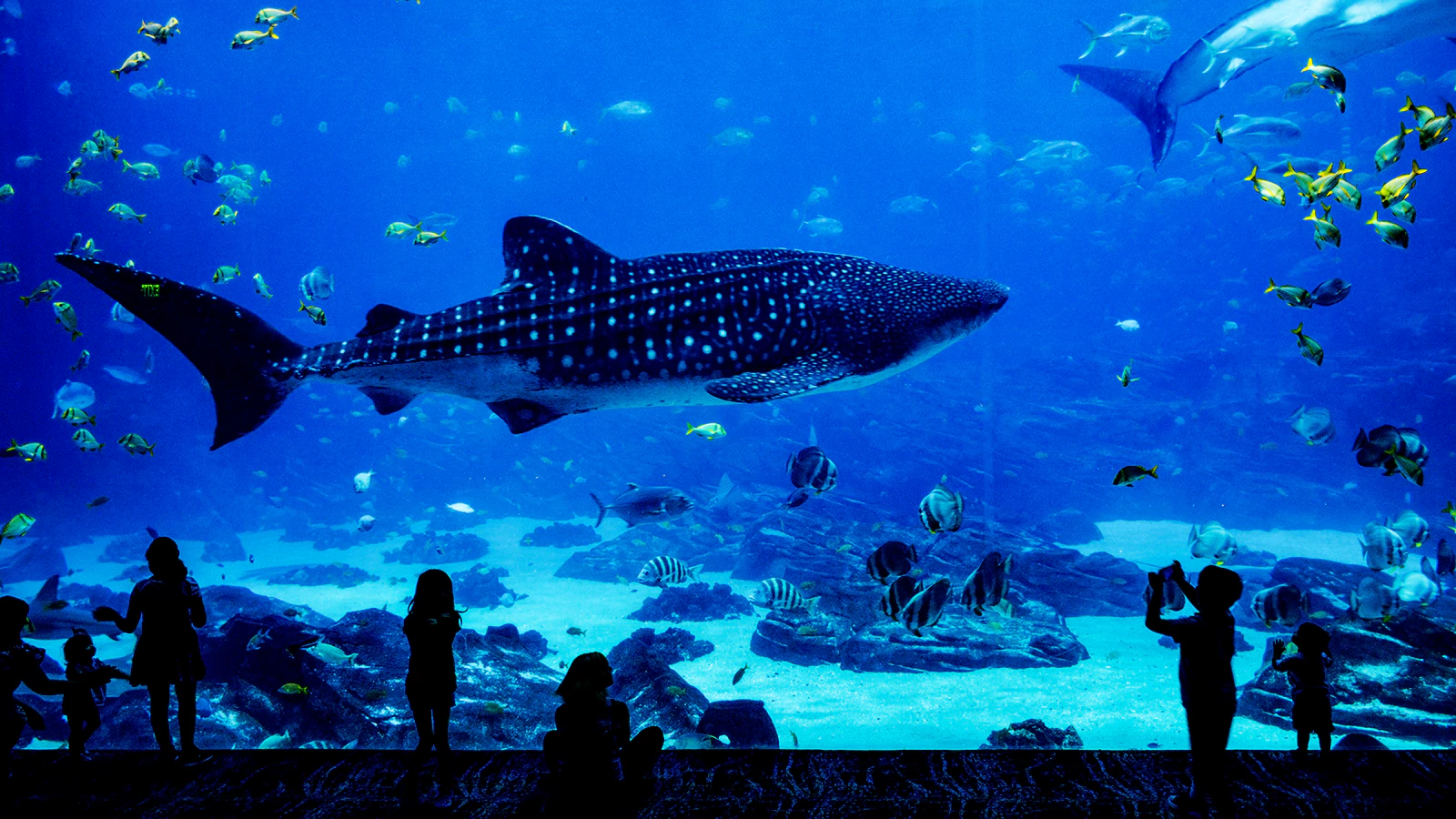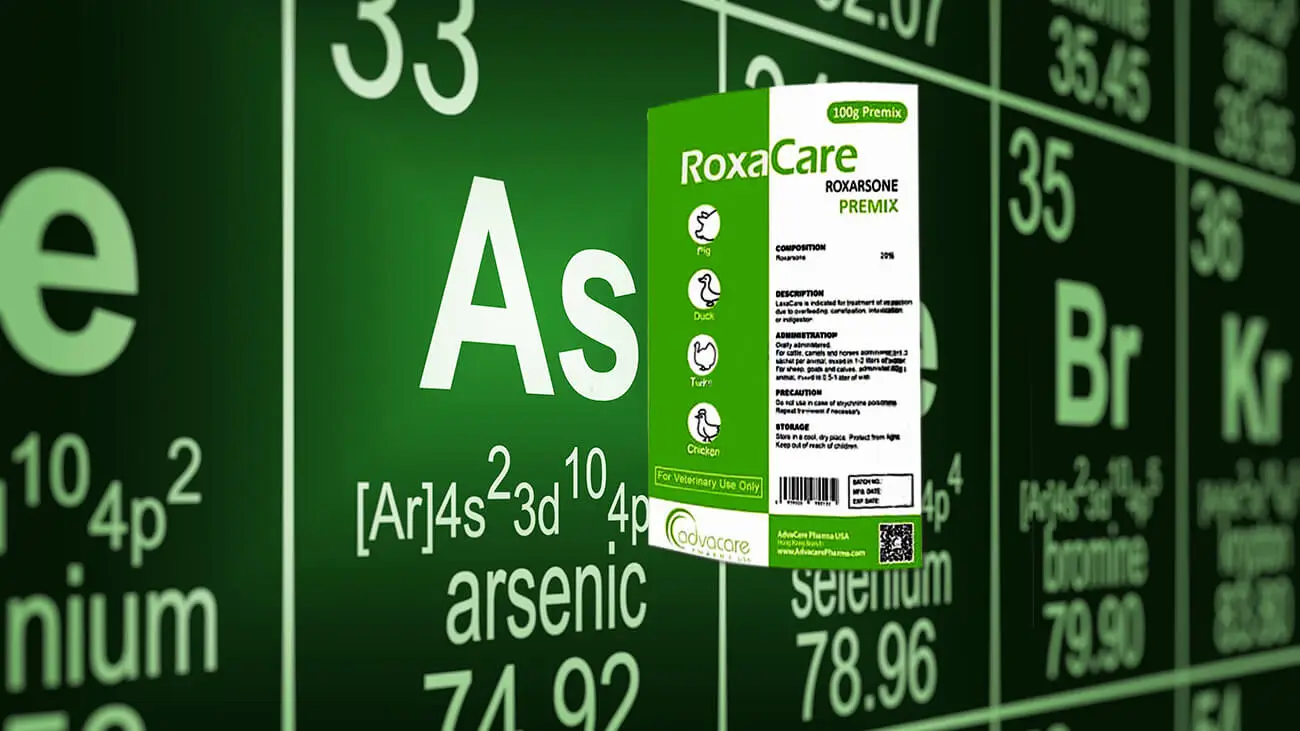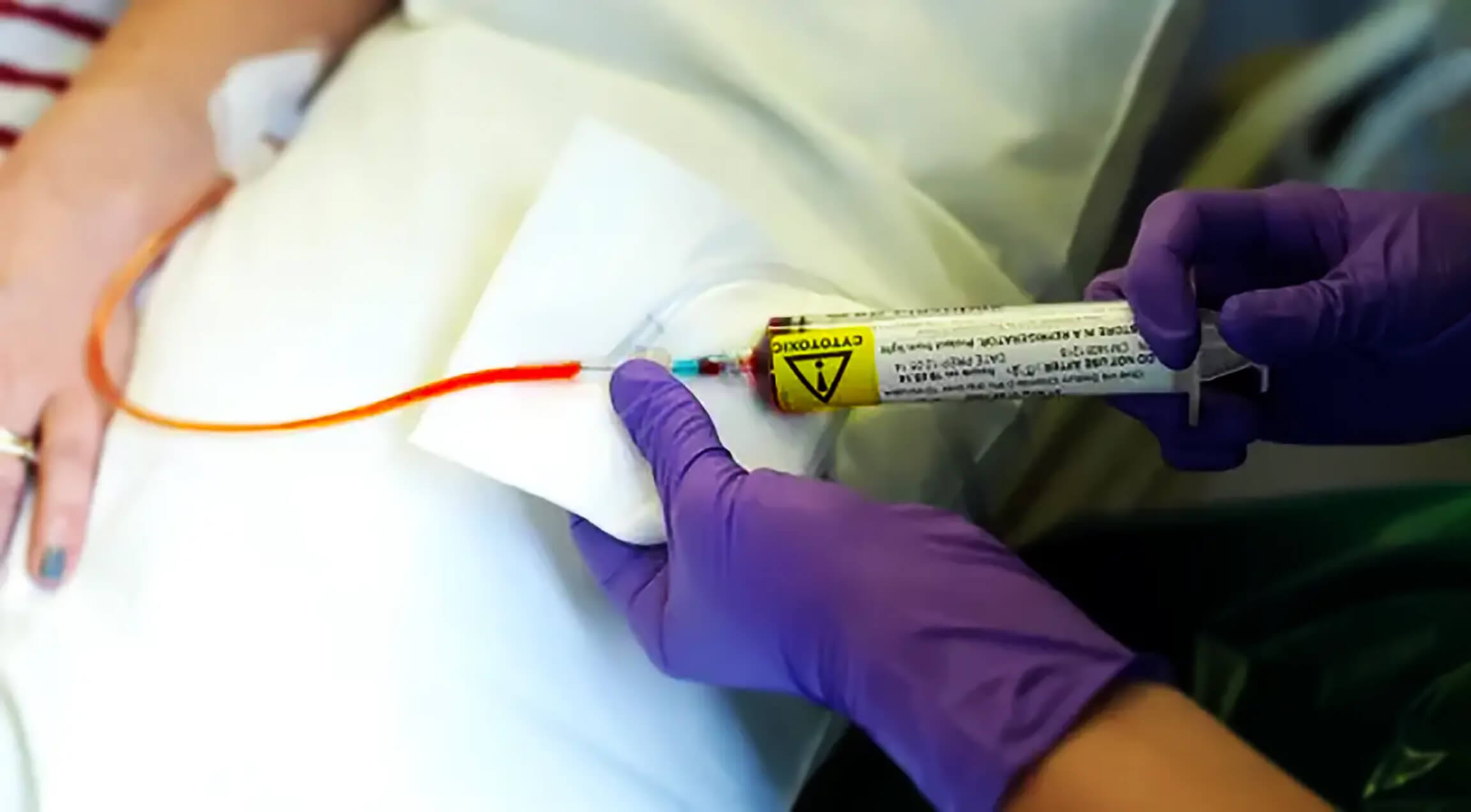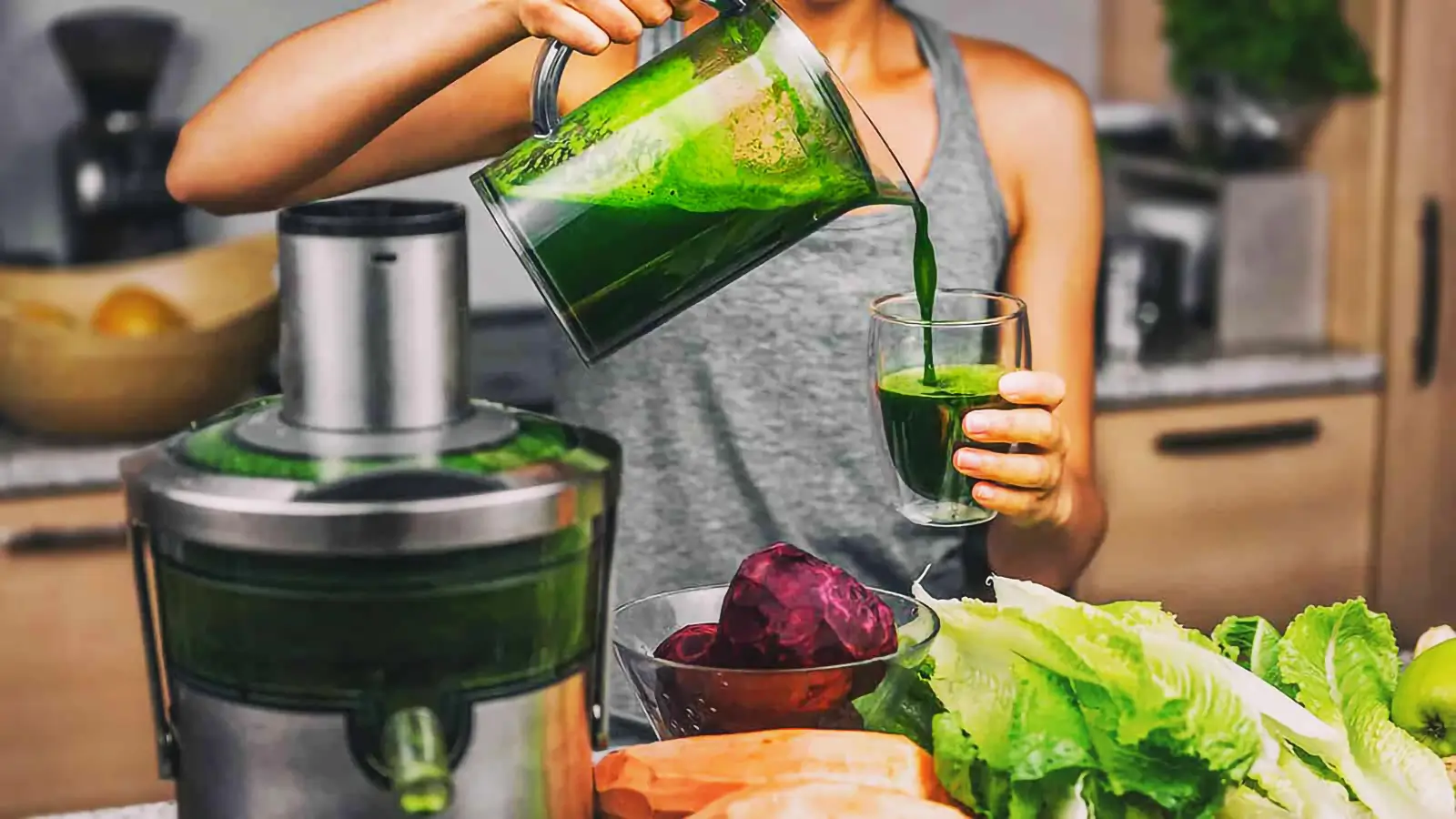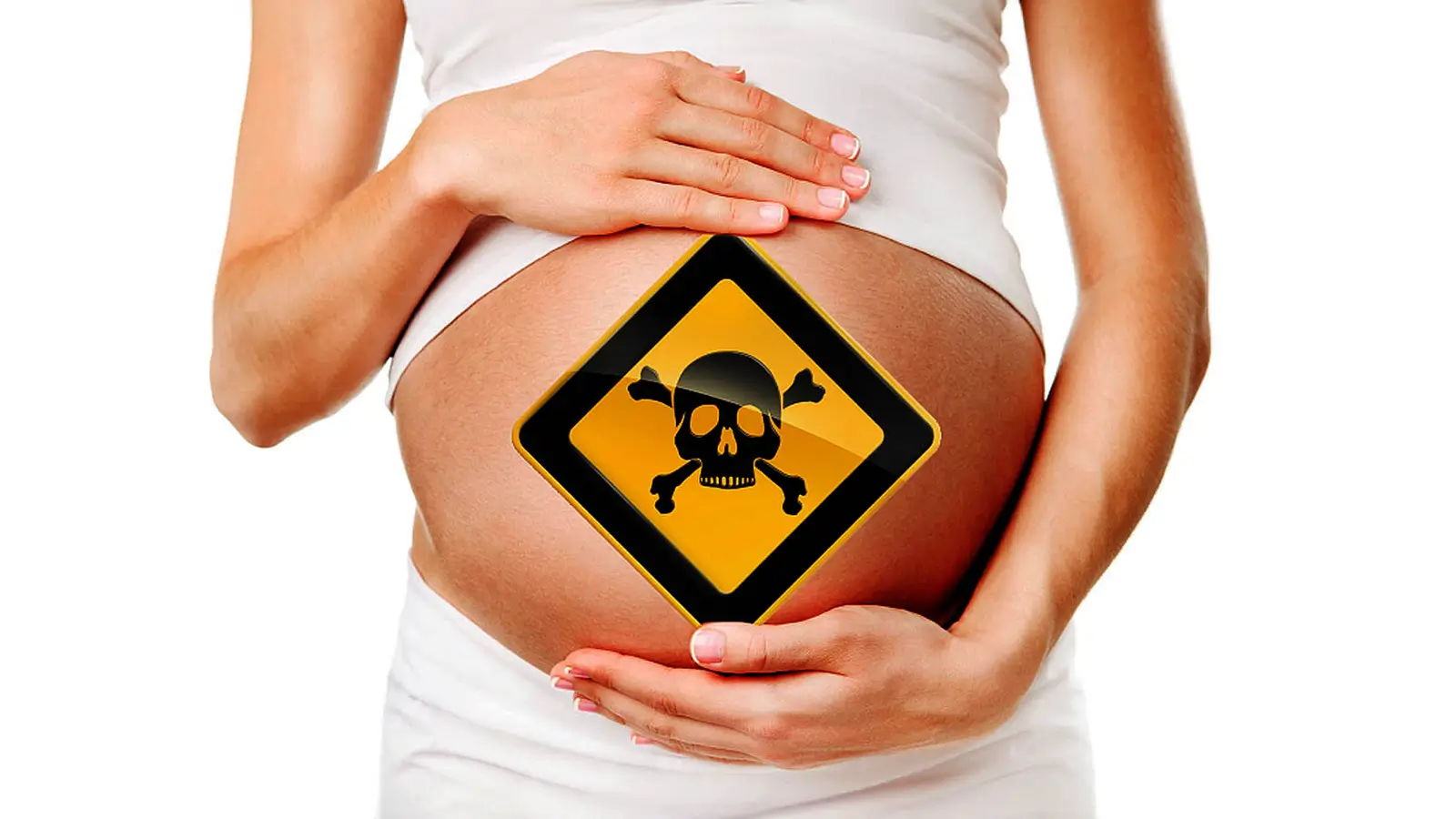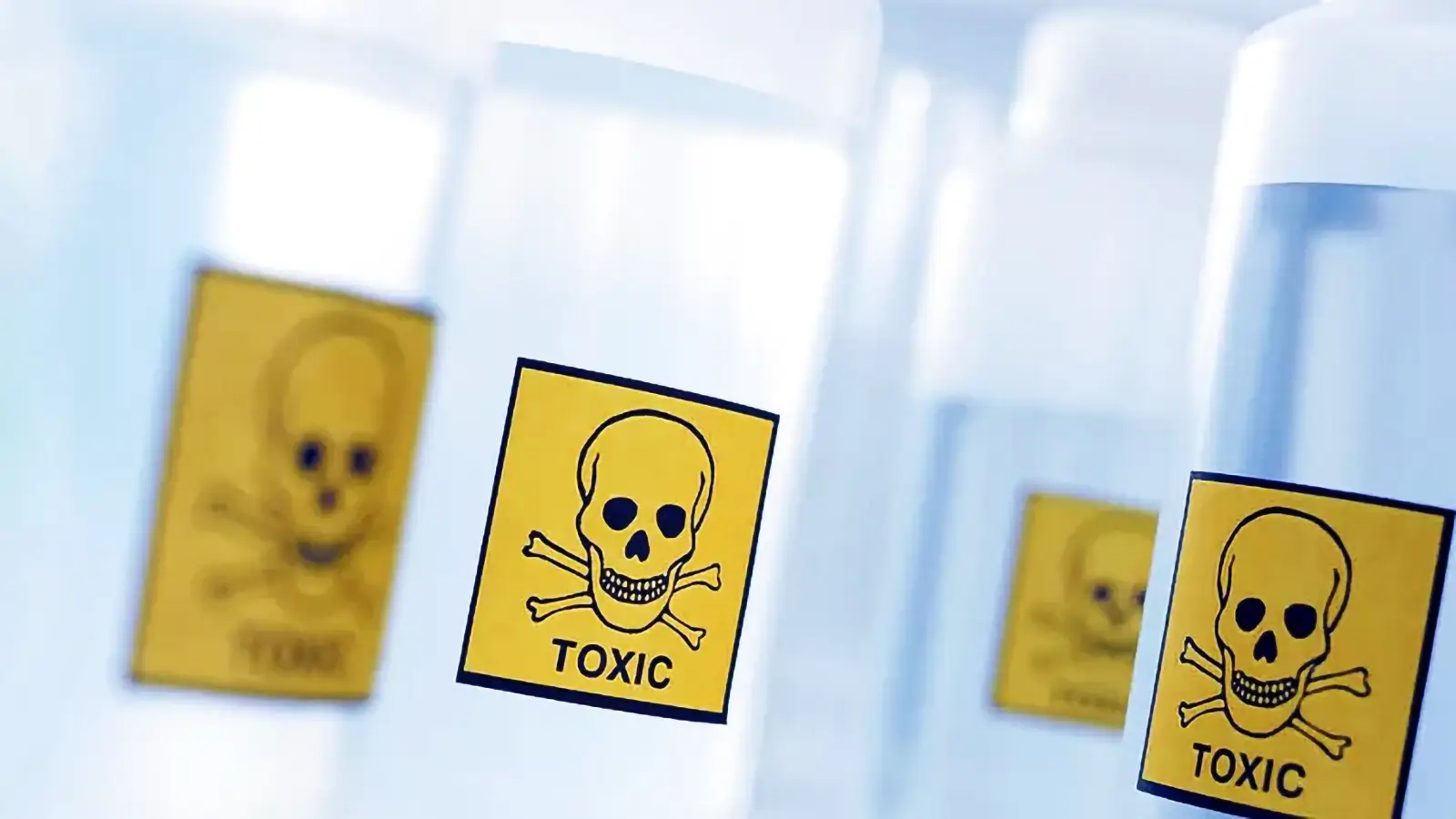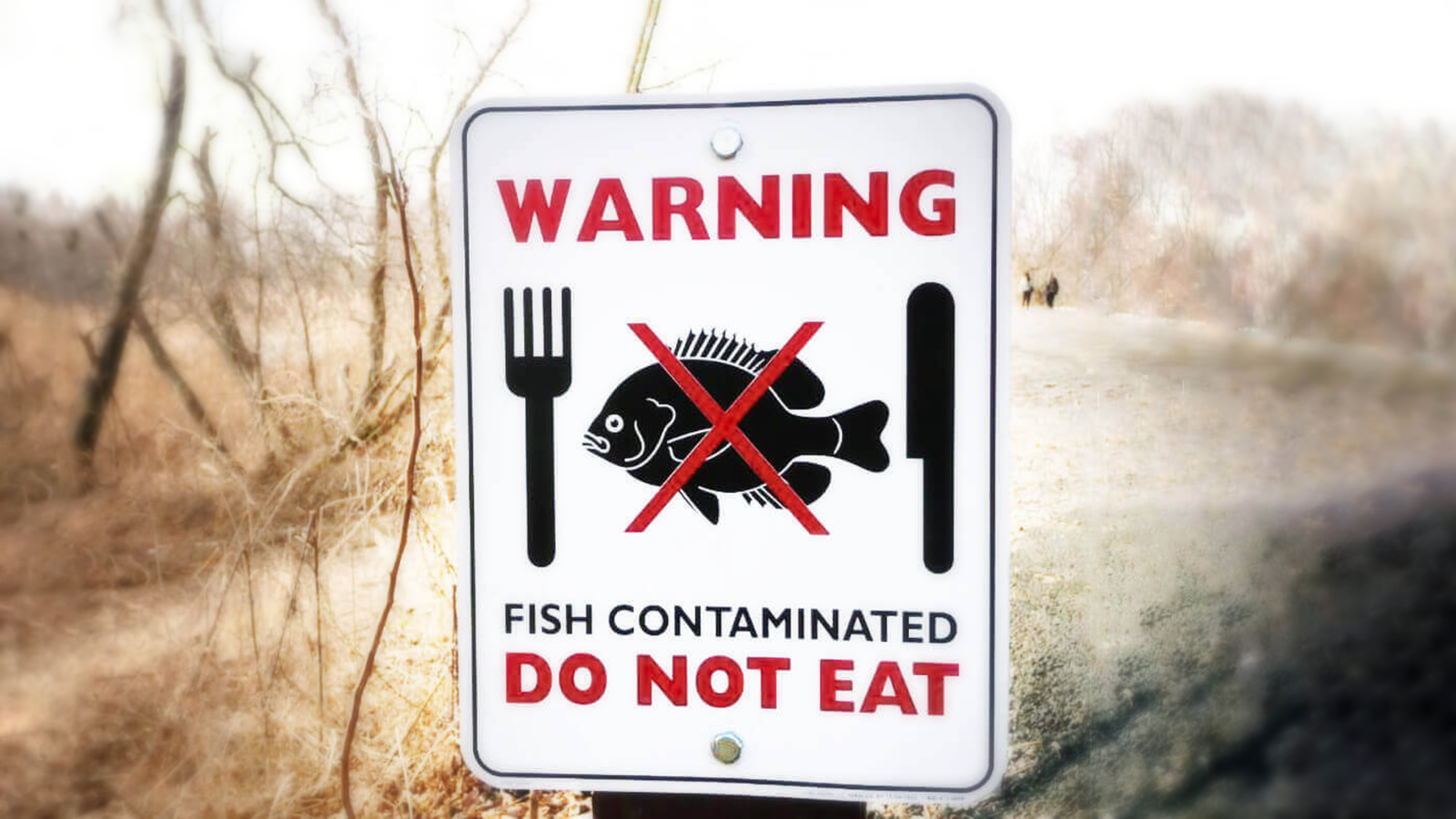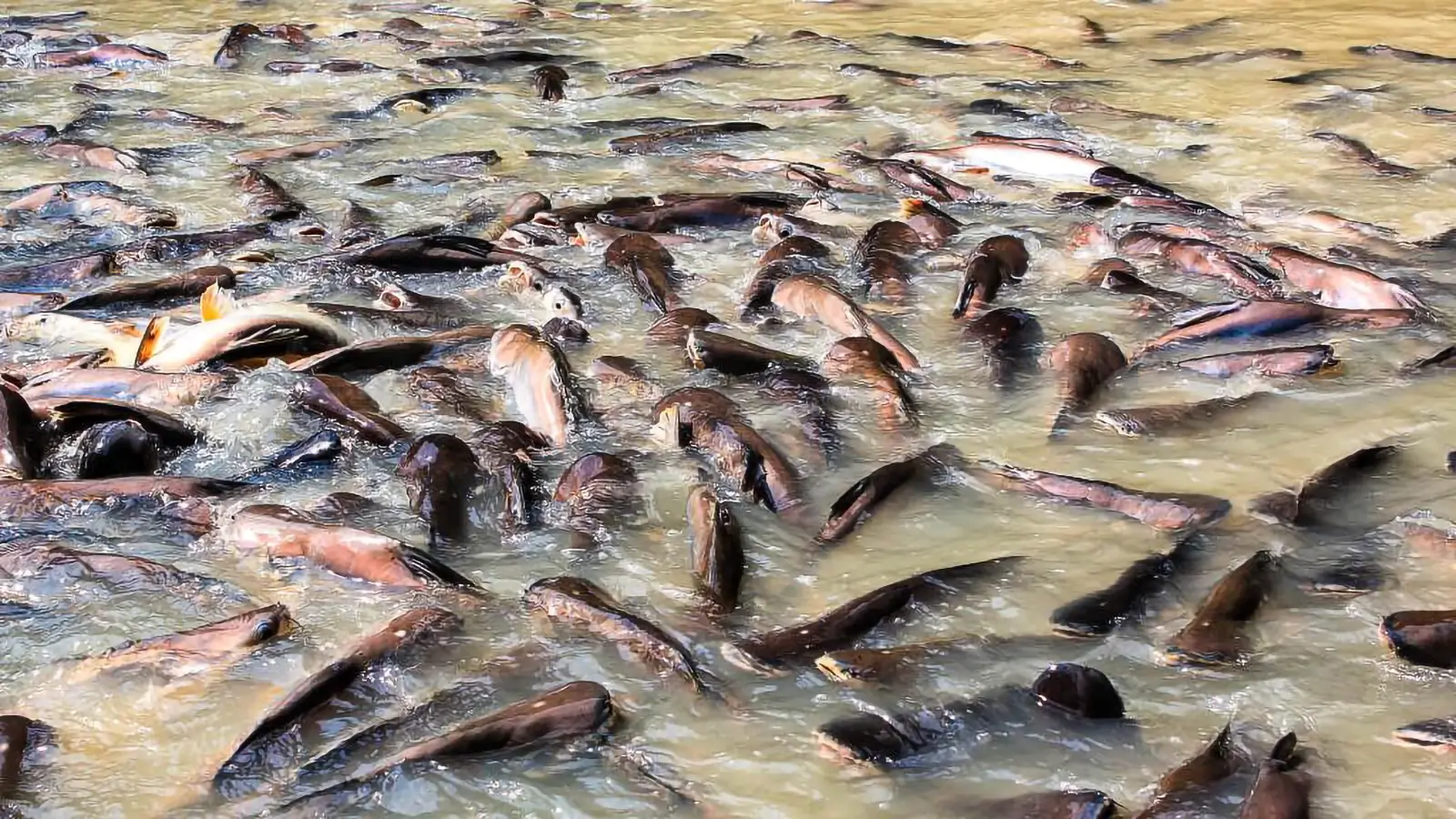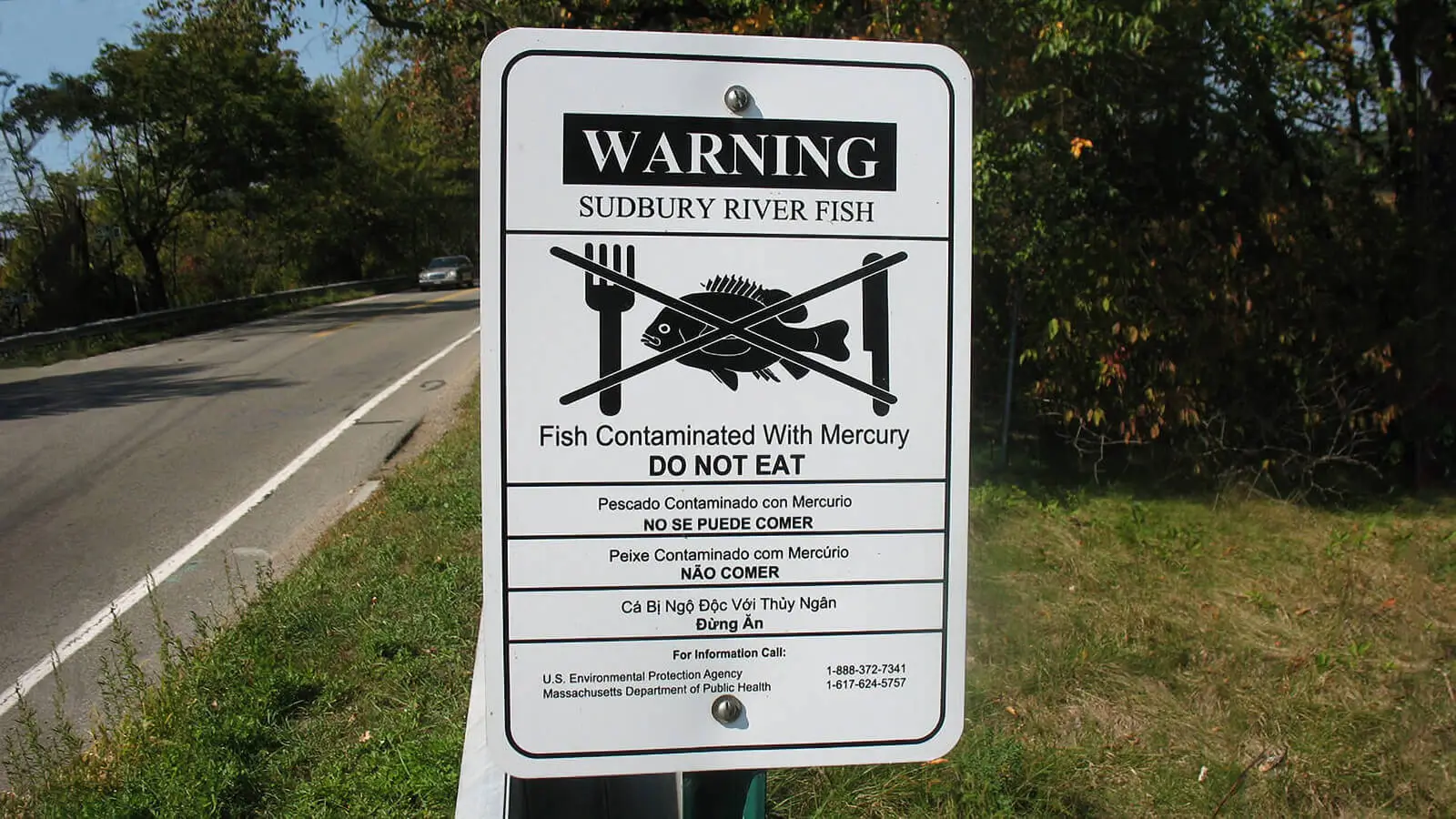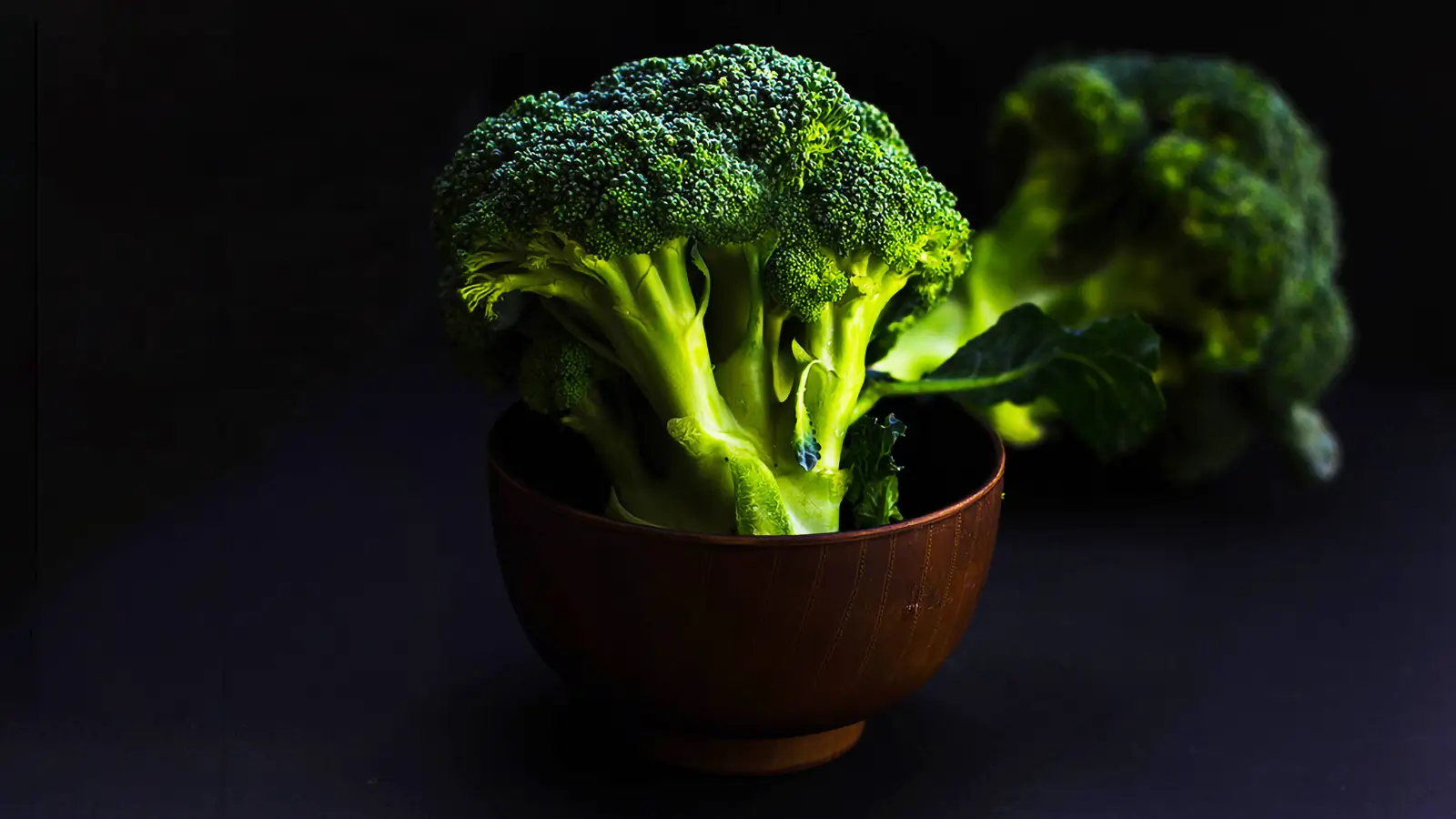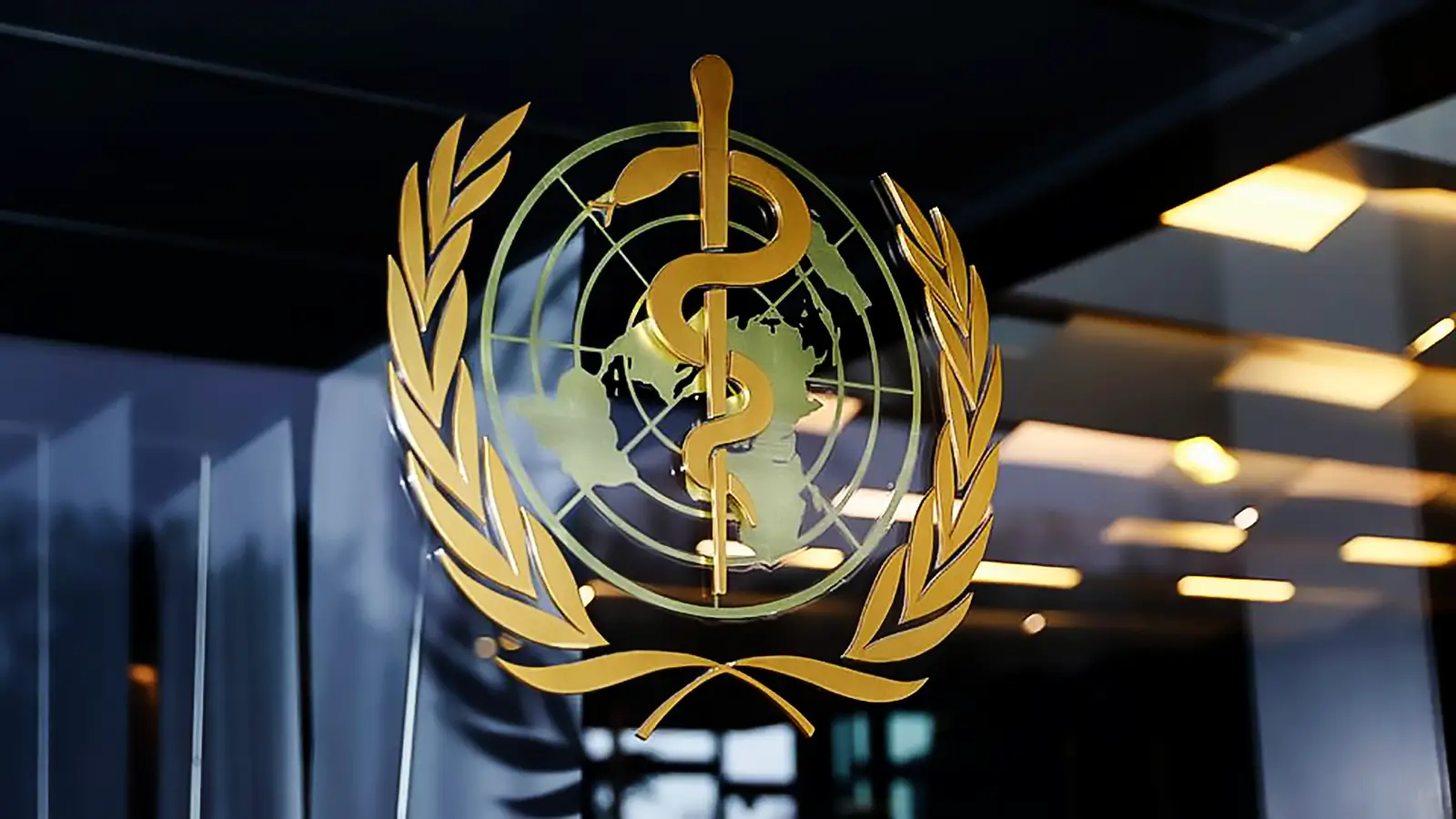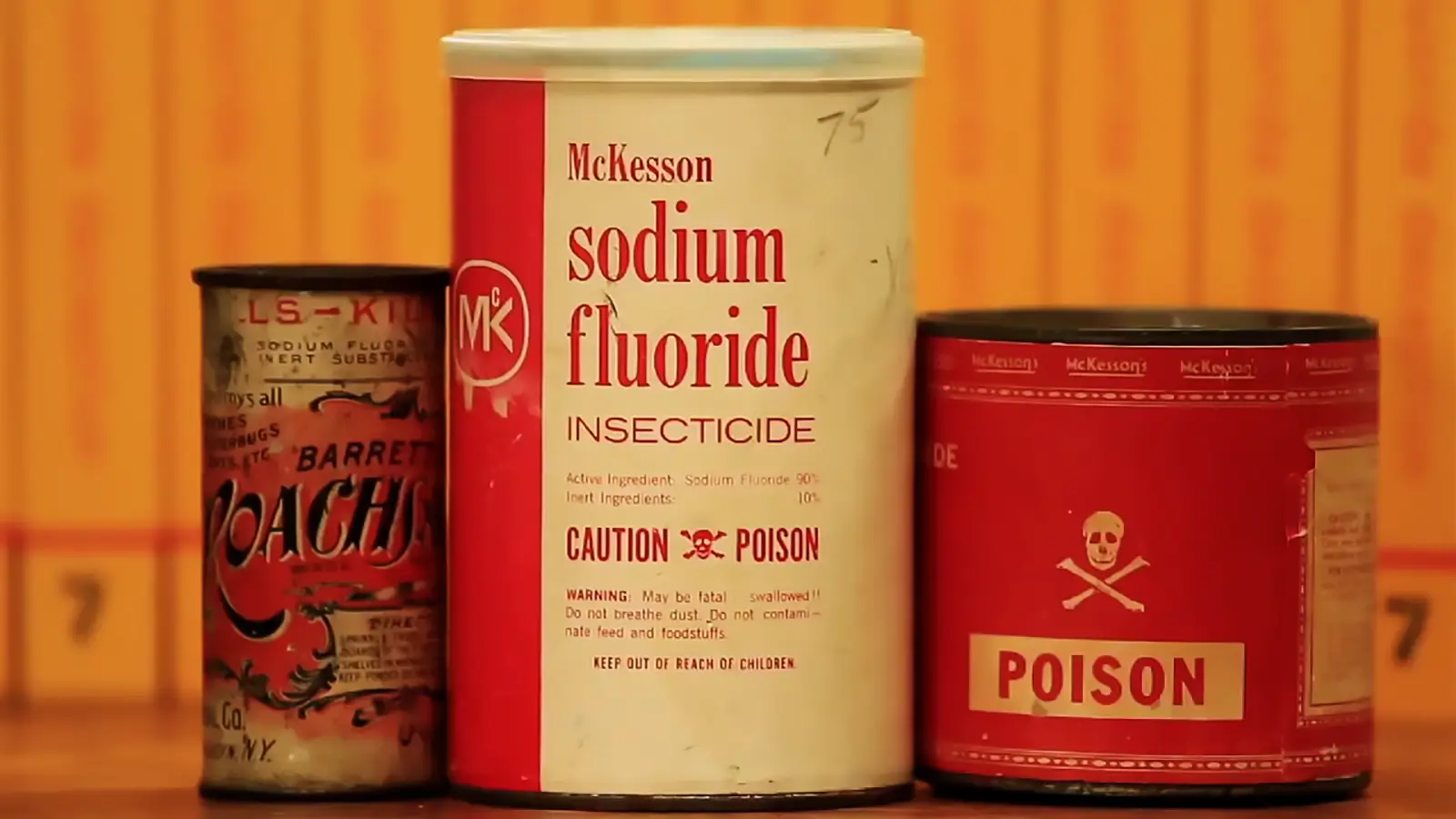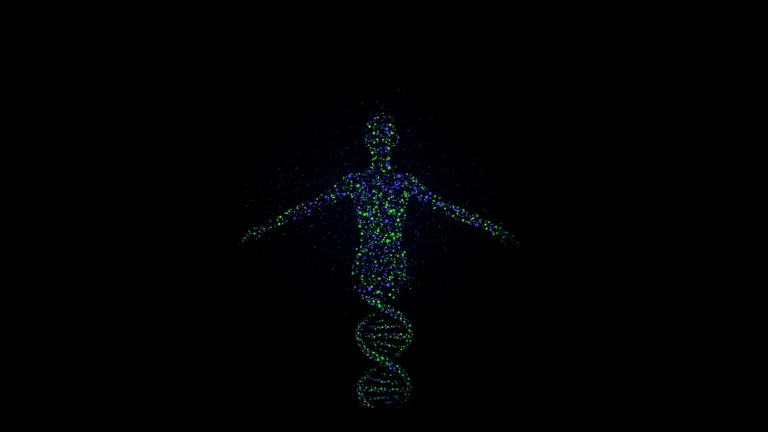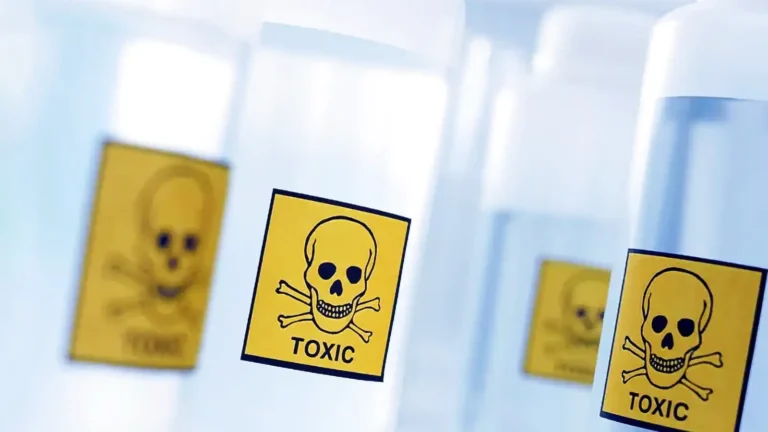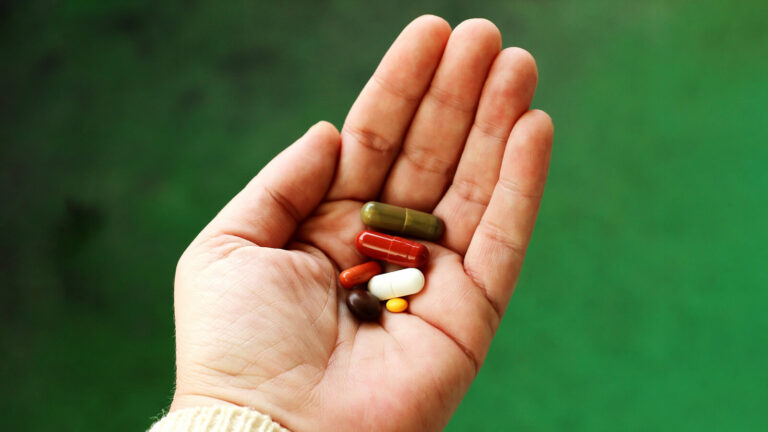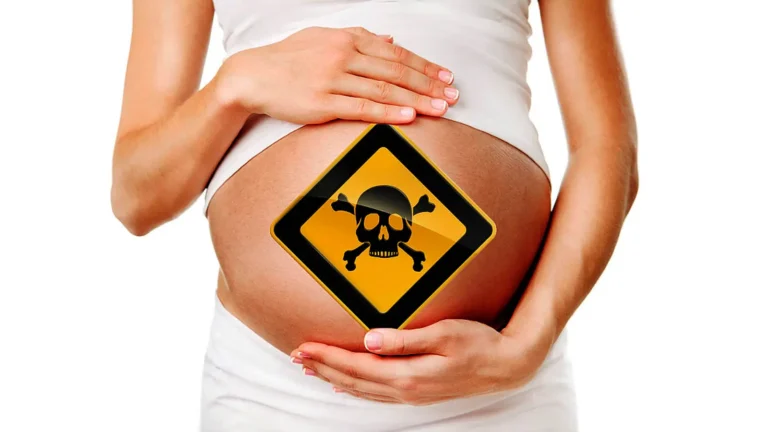Fish toxicity- The most toxic meat
Pollution is washed away and will end up in the ocean eventually and algae filter the water starting the bioaccumulation process. Fish toxicity is a big concern.
Milos Pokimica
Written By: Milos Pokimica
Medically Reviewed by: Dr. Xiùying Wáng, M.D.
Updated June 9, 2023Most of the pollution is washed away and will end up in the ocean eventually. If the pollutant is persistent it will remain in the ocean creating a situation where fish toxicity is a big concern. The concentration in the ocean will be low but the plankton and algae will filter the water and then the bioaccumulation will begin.
When higher organisms feed on these microorganisms they will consume all of the filtered toxins from the seawater as well and as we move up the food chain the concentration of the environmental toxins will build up. The end result will be that although the levels of pollutants will be minuscule when measured directly in the seawater when measured in the top predatory fish in some cases the levels will be severely toxic. Eating these types of fish will be severely pro-inflammatory, neurotoxic, pro-cancerous, and toxic in general. The pollution today is so great that even if we disregard all of the other bad effects of meat consumption that I have analyzed in other articles and books and topics just human-made pollution is enough to be a reason to never touch anything that comes out of the ocean especially if you are pregnant or if you are a child. Fish is everything except a healthy meat source. Farm-raised fish is, if you can believe this, even worse because of the conditions in the fish tanks and the food pallets that are used as feed for the fish. It is highly unlikely that you will be able to find organically raised farmed fish on an economically and environmentally sustainable basis and even then the condition in these fish tanks will be filled with bacteria and will be filled with pollution.
Scientists in the study I already mentioned about fish consumption, methylmercury, and child neurodevelopment (Oken et al., 2008) in the article about fish consumption and mercury also included a warning for the consumption of Docosahexaenoic acid (DHA) in conclusion. Omega-3 or chemically Docosahexaenoic acid (DHA) is a fatty acid that has a role as a structural component of the cerebral cortex primarily but also the entire human brain, retina, and skin. Meaning if you cut out fish from the diet you need to find some other source of omega-3 fatty acids that are not from fish. They know that people believe in eating fish as a healthy habit because of healthy omega-three acids so they must find another source. They are correct and we do need Omega 3 fatty acids and people will disregard any if not all of my advice because they like to eat meat number one and number two they just need an excuse and number three they do believe that fish is a healthier choice because it lacks the level of saturated fat that pork has and it does have an omega 3 fatty acids that we need for our brain.
However, from where did the fish get omega 3s in the first place I wonder? Supplements like fish oil are heavily polluted as well. America consumes more than 200,000 tons of fish oil a year. They concentrate the omega 3s but also concentrate all pollutants from fish, not just mercury but PCBs and insecticides, and all others. The molecularly distilled is no different. It is just another scam. Molecular distillation of fish oil can only remove some of the toxins, but most remain. It has a fancy name, but so far it is useful only for lighter organic contaminants (Hoh et al., 2009).
The only possible solution for fish toxicity and toxicity, in general, is to go lower on the food chain. Krill oil should be purer than fish oil. Krill have a high mortality rate and live short and are low on the food chain so they would not have as many pollutants. Going all the way to sea vegetables is the best course without supplementation especially because we can get more other minerals like iodine and phytochemicals when eating sea vegetables in a salad than just taking algae-based or krill-based DHA supplements. Our oceans are by now so polluted that even low-level organisms can be contaminated. Especially after algae blooms and all of the neurotoxins that this form of algae can create.
The wide variety of chemical pollutants is a concern. Even polar bears now have renal lesions, reduced bone mineral density, fatty liver, and chronic inflammation due to fish toxicity (Sonne et al., 2005). The dolphins too (Vetter et al., 2001).
Organohalogen compounds are PCB congeners, DDT and metabolites, chlordane-related compounds, and so on. The effect of POP (Persistent organic pollutants (POPs), sometimes known as “forever chemicals”) on human health and also on the environment is real, and even if we think that it is something we can ignore the situation is not as such. The international community made the intention to restrict production at the Stockholm Convention on Persistent Organic Pollutants in 2001. However, the real story is that we cannot. They are an essential part of modern agriculture and different type of industries. Not everything can be recycled and purified. POP can evaporate too and enter into the atmosphere. Because they are resisting breakdown reactions in the air and are stable, they can travel long distances. Then they will fall and be re-deposited. This results in an accumulation of POP in areas far from where they have been used or emitted. They can reach as far as Antarctica and the Arctic Circle. We do not have a clean life anymore because there is no natural way to produce food organically for billions of people on the planet.
Some of the most known POP are for example Polychlorinated biphenyls (PCBs), Dioxins, and Dichlorodiphenyltrichloroethane (DDT). PCBs are used in plastics, as additives in paint, in electrical transformers, and capacitors, in carbonless copy paper, and as heat exchange fluids. So no plastic and electronics without them. PCBs are poisonous to fish at high dosages, and correlated with spawning failure at low doses. In humans, PCBs are associated with immune suppression and sterility, and most exposure comes from food. Today one in six couples has trouble conceiving a baby. The number of couples attempting therapeutic methods due to the problem of natural conceiving has risen dramatically in the post-WW2 period. A number of 15% of couples that are sterile are more substantial than in the past for example 100 years ago. Sperm counts in the average male have fallen by almost half in the past 60 years. Fertility is lower in all men and women, and as a result 1 in 6 couples are sterile. Many experts blame this fall on the increase in environmental chemicals that have weak estrogen effects, such as DDT and PCB. An increase in estrogen levels in the general water supply, due to the use of oral contraceptive pills, has also been implicated. There are many chemicals in this world today.
In this study (Rozati et al., 2002) they measured the correlation between sperm count and environmental estrogens. When they talk about environmental estrogens, they do not mean phytoestrogens made by plants but xenoestrogens, pesticides like PCP, DDT, or BPA from plastic, and so on. Most of them were found in fish. Urban fish eaters have the highest average PE and PCB levels. In infertile men, the total motile sperm counts are correlated with their xenoestrogen exposure. They also found substantial correlations between PCB levels and ejaculate volume, motility, vitality, and osmoregulatory capacity. Higher PCB levels were associated with sperm damage (p < 0.05). Phthalates were also significantly higher in infertile men with higher phthalate levels being correlated with sperm DNA damage. Both PCB and phthalate concentrations were correlated with a decrease in total mobile sperm counts as well. The conclusion was that PCBs and PE (phthalate esters) might be influential in the deterioration of semen quality in the general population with particular attention being made as a contributing factor to infertility in men. Sperm count was something in the line of 10 (mean motile) live mobile count in millions for fish-eaters and above 80 for vegetarians. Around eight times the difference.
If fish toxicity does not make you sterile by lowering sperm count, it will cause reduced testosterone and other pro-estrogen diseases both in men and in a woman too like breast cancer, early menopause, endometriosis, and thyroid hormone problems. Many of the pesticides act similarly and have endocrine disruption potential. For example, we know that hypospadias, a birth defect of the penis where the opening is not at the tip but on the other side of the penis is caused by the fungicide Vinclozolin (Vilela et al., 2007). Do you still think that eating wild-caught salmon is health-promoting?
Dioxin is an industrial pollutant of Agent Orange’s story. Dioxins are also created as a byproduct of high-temperature burning. They are emitted when hazardous waste, hospital waste, and municipal waste is burned. Also, conventional combustion creates them like automobile emissions, coal, wood, and peat. They end up in the air and then get washed by rain and end up in the oceans. So are we going to stop driving our cars? We did cut out lead from gasoline, but that is just lead. Dioxins are scientifically proven to be a human carcinogen and have been linked to enzyme and immune disorders as well. In laboratory studies, they were also associated with an increase in congenital disabilities and stillbirths. Adverse health effects may include reduced testosterone, early menopause, endometriosis, cardiovascular disease, altered immune responses, thyroid hormone irregularities, diabetes and metabolism alterations, and skin, tooth, and nail abnormalities. During pregnancy, exposure can result in altered thyroid, immune system, brain, and reproductive organ development. Animal food, not just fish but all meat and dairy as well is the primary source of human exposure to dioxins. EPA started testing Americans for dioxin levels back in 1982. “Only” after three decades of delays in 2012, they released new guidelines that would set limits on the safe exposure of U.S. consumers. The response of the industry was to put political pressure on the White House. American Meat Institute, National Chicken Council, and other industry groups pressured the politicians that they are lobbying that with these new guidelines for their products:
“Could arbitrarily be classified as unfit for consumption.”
They used words arbitrarily disregarding the fact that classification is based on scientifically determent dioxin levels found in different food products. In their minds warning consumers about the risk could:
“Scare the crap out of people,” and “Have a significant negative economic impact on all U.S. food producers.”
However, that is not the truth either. According to the FDA, over 95% of dioxin exposure is coming from the dietary intake of animal fats, not all food.
The number of toxic chemicals today that we are exposed to numbers in the thousands. Most of them are secret. We do not have research on what they do, and nobody is talking. In the period from 2001, the Stockholm Convention list has been expanded to include polycyclic aromatic hydrocarbons (PAH) or at least some of the most dangerous ones and also brominated flame retardants and some other compounds. Moreover, all of this is just what is tested. We need to understand that nobody will finance the research into the toxicity of different chemicals primarily in the long run because that is not what is going to increase the profits. Quite the opposite it will just make business more expensive. All of these or most of these toxins and pollutants will end up in oceans and in fish and some will be directly sprayed on produce and some will be eaten by the animals on the farms through the animal feed that is also sprayed as well.
My suggestion is to not eat anything that comes out of the sea if it is not on the bottom of a food chain. Wild-caught salmon is everything except a health-promoting meal. It is a marketing-promoting scam. There are other ways to get your omega-3 fatty acids. Farm-raised fish is even worse and that will be a topic for another article.
References:
- Oken, E., & Bellinger, D. C. (2008). Fish consumption, methylmercury and child neurodevelopment. Current opinion in pediatrics, 20(2), 178–183. https://doi.org/10.1097/MOP.0b013e3282f5614c
- Hoh, E., Lehotay, S. J., Pangallo, K. C., Mastovska, K., Ngo, H. L., Reddy, C. M., & Vetter, W. (2009). Simultaneous quantitation of multiple classes of organohalogen compounds in fish oils with direct sample introduction comprehensive two-dimensional gas chromatography and time-of-flight mass spectrometry. Journal of agricultural and food chemistry, 57(7), 2653–2660. https://doi.org/10.1021/jf900462p
- Sonne, C., Dietz, R., Leifsson, P. S., Born, E. W., Letcher, R. J., Kirkegaard, M., Muir, D. C., Riget, F. F., & Hyldstrup, L. (2005). Do organohalogen contaminants contribute to histopathology in liver from East Greenland polar bears (Ursus maritimus)?. Environmental health perspectives, 113(11), 1569–1574. https://doi.org/10.1289/ehp.8038
- Vetter, W., Scholz, E., Gaus, C., Müller, J., & Haynes, D. R. (2001). Anthropogenic and Natural Organohalogen Compounds in Blubber of Dolphins and Dugongs ( Dugong dugon ) from Northeastern Australia. Archives of Environmental Contamination and Toxicology, 41(2), 221–231. https://doi.org/10.1007/s002440010241
- Rozati, R., Reddy, P. P., Reddanna, P., & Mujtaba, R. (2002). Role of environmental estrogens in the deterioration of male factor fertility. Fertility and sterility, 78(6), 1187–1194. https://doi.org/10.1016/s0015-0282(02)04389-3
- Vilela, M. L., Willingham, E., Buckley, J., Liu, B. C., Agras, K., Shiroyanagi, Y., & Baskin, L. S. (2007). Endocrine disruptors and hypospadias: role of genistein and the fungicide vinclozolin. Urology, 70(3), 618–621. https://doi.org/10.1016/j.urology.2007.05.004
Related Posts
Do you have any questions about nutrition and health?
I would love to hear from you and answer them in my next post. I appreciate your input and opinion and I look forward to hearing from you soon. I also invite you to follow us on Facebook, Instagram, and Pinterest for more diet, nutrition, and health content. You can leave a comment there and connect with other health enthusiasts, share your tips and experiences, and get support and encouragement from our team and community.
I hope that this post was informative and enjoyable for you and that you are prepared to apply the insights you learned. If you found this post helpful, please share it with your friends and family who might also benefit from it. You never know who might need some guidance and support on their health journey.
– You Might Also Like –

Learn About Nutrition
Milos Pokimica is a doctor of natural medicine, clinical nutritionist, medical health and nutrition writer, and nutritional science advisor. Author of the book series Go Vegan? Review of Science, he also operates the natural health website GoVeganWay.com
Medical Disclaimer
GoVeganWay.com brings you reviews of the latest nutrition and health-related research. The information provided represents the personal opinion of the author and is not intended nor implied to be a substitute for professional medical advice, diagnosis, or treatment. The information provided is for informational purposes only and is not intended to serve as a substitute for the consultation, diagnosis, and/or medical treatment of a qualified physician or healthcare provider.NEVER DISREGARD PROFESSIONAL MEDICAL ADVICE OR DELAY SEEKING MEDICAL TREATMENT BECAUSE OF SOMETHING YOU HAVE READ ON OR ACCESSED THROUGH GoVeganWay.com
NEVER APPLY ANY LIFESTYLE CHANGES OR ANY CHANGES AT ALL AS A CONSEQUENCE OF SOMETHING YOU HAVE READ IN GoVeganWay.com BEFORE CONSULTING LICENCED MEDICAL PRACTITIONER.
In the event of a medical emergency, call a doctor or 911 immediately. GoVeganWay.com does not recommend or endorse any specific groups, organizations, tests, physicians, products, procedures, opinions, or other information that may be mentioned inside.
Editor Picks –
Milos Pokimica is a health and nutrition writer and nutritional science advisor. Author of the book series Go Vegan? Review of Science, he also operates the natural health website GoVeganWay.com
Latest Articles –
Top Health News — ScienceDaily
- Why consciousness exists at allon December 15, 2025
Consciousness evolved in stages, starting with basic survival responses like pain and alarm, then expanding into focused awareness and self-reflection. These layers help organisms avoid danger, learn from the environment, and coordinate socially. Surprisingly, birds show many of these same traits, from subjective perception to basic self-awareness. This suggests consciousness is far older and more widespread than once believed.
- AI found a way to stop a virus before it enters cellson December 15, 2025
Researchers discovered a hidden molecular “switch” that herpes viruses rely on to invade cells. By combining AI, simulations, and lab experiments, they identified and altered a single amino acid that shut down viral entry. What once might have taken years was achieved far faster using computational tools. The findings open new possibilities for designing future antiviral treatments.
- New study shows some plant-based diets may raise heart disease riskon December 15, 2025
Researchers tracking over 63,000 adults found that high-quality, minimally processed plant foods significantly reduce cardiovascular risk. But when those plant foods are ultra-processed, the advantage disappears—and can even backfire. Some ultra-processed plant diets increased risk by 40%. The study urges a shift toward whole, naturally nutrient-rich plant foods.
- These simple habits could make your brain 8 years younger, study findson December 15, 2025
New research shows that your brain’s “true age” can shift dramatically depending on how you live, with optimism, restorative sleep, stress management, and strong social support acting like powerful anti-aging tools. Using advanced MRI-based brain-age estimates, scientists found that people with multiple healthy lifestyle factors had brains up to eight years younger than expected — even among those living with chronic pain.
- Anxiety and insomnia linked to sharp drops in key immune cellson December 15, 2025
Natural killer cells act as the immune system’s rapid-response team, but the stress of anxiety and insomnia may be quietly thinning their ranks. A study of young women in Saudi Arabia found that both conditions were linked to significantly fewer NK cells—especially the circulating types responsible for destroying infected or abnormal cells. As anxiety severity increased, NK cell levels dropped even further, suggesting a stress-driven weakening of immune defenses.
- Cannabis compounds show unexpected power against ovarian canceron December 15, 2025
Scientists have discovered that key compounds from cannabis—CBD and THC—show surprisingly strong effects against ovarian cancer cells. Used together, they slow cell growth, reduce colony formation, and may even block the cancer’s ability to spread. Even more promising, the treatment caused minimal harm to healthy cells and appears to work by restoring a disrupted signaling pathway that fuels tumor growth.
- Mayo Clinic neurosurgeon reveals 8 back pain myths to stop believingon December 15, 2025
Back pain is wrapped in persistent myths, but many are far from the truth. From misconceptions about heavy lifting and bed rest to confusion over posture, exercise, and surgery, Dr. Meghan Murphy breaks down what really causes pain and what actually helps. Her insights reveal that everyday habits, movement, and smart prevention often make a bigger difference than people realize.
PubMed, #vegan-diet –
- Healthful and Unhealthful Plant-Based Diets and Their Association with Cardiometabolic Targets in Women Diagnosed with Breast Cancer: A Cross-Sectional Analysis of a Lifestyle Trialon December 11, 2025
CONCLUSIONS: Maintaining cardiometabolic risk factors within normal ranges is clinically relevant in BCS, and this may be more likely when a plant-based diet is consumed, especially if low in unhealthy plant foods.
- Dietary and Lifestyle Patterns and Their Associations with Cardiovascular and Inflammatory Biomarkers in Vegans, Vegetarians, Pescatarians, and Omnivores: A Cross-Sectional Studyon December 11, 2025
Background: Plant-based diets are associated with reduced cardiometabolic risk, yet the influence of lifestyle behaviors on these benefits remains insufficiently understood. Objective: To assess the combined impact of dietary patterns and lifestyle behaviors on body composition, lipid profiles, and inflammatory biomarkers in healthy young adults. Methods: In this cross-sectional study, 155 participants aged 18-39 years were categorized into four dietary groups: vegans (n = 48), vegetarians (n […]
- Functional and Nutritional Properties of Lion’s Mane Mushrooms in Oat-Based Desserts for Dysphagia and Healthy Ageingon December 11, 2025
Hericium erinaceus (Lion’s Mane mushroom) is a medicinal species recognised for its neuroprotective and antioxidant properties. This study investigated its potential as a functional ingredient in oat milk-based desserts formulated for individuals with dysphagia. Freeze-dried Lion’s Mane powder (LMP), containing high-quality protein (~16%, amino acid score 88%), dietary fibre (~31%), and phenolic compounds (72.15 mg GAE/g), was incorporated at varying levels using gelatin or iota-carrageenan […]
- “A football team with no midfield”: A qualitative analysis of anti-vegan stigma in Italyon December 7, 2025
A growing body of research has demonstrated the prevalence of unfavourable attitudes towards individuals who adhere to a vegan diet and has provided empirical evidence to support the existence of an anti-vegan ideology. The present study aims to contribute to extant knowledge by examining the social perception of veganism and vegans in Italy. Italy is a nation characterised by a traditional culture of food that serves as a significant catalyst for collective identification and national pride….
- Plant-based dietary index on the Mediterranean and a vegan diet: a secondary analysis of a randomized, cross-over trialon December 5, 2025
CONCLUSION: These findings suggest that, replacing animal products even with the “unhealthful” plant-based foods on a vegan diet was associated with weight loss.
Random Posts –
Featured Posts –
Latest from PubMed, #plant-based diet –
- Identification of effective plant-based oils for use in aquafeed: An evaluation of impact on gamete quality and developmental success using zebrafish (Danio rerio) as a screening organismby Seyed-Mohammadreza Samaee on December 14, 2025
To evaluate the effectiveness of zebrafish as a screening system for identifying appropriate plant oils (POs) for aquafeed, Artemia nauplii (AN) were enriched with three single- cultivar olive oils (OO): Koroneiki, Parseh, and Arghavan. The resulting AN (ANKor, ANPar, ANArg, and AN36 [36 h starved AN, control]) were then fed to 360 fish (3.5 cm) for one month. The fatty acid (FA) profile of the AN was reflected in the ova and influenced both sperm motility and density, which in turn affected […]
- The Effect of Dietary Interventions on Human Vascular Function in the Context of Acute Psychological Stress: A Scoping Reviewby Rosalind Baynham on December 14, 2025
Episodes of acute psychological stress increase the risk for cardiovascular diseases, partially through stress-induced impairments in vascular function. During psychologically stressful periods, individuals are more likely to consume unhealthy foods and fewer fruits and vegetables. Yet, the impact of dietary choices and their nutritional composition on vascular function in the context of psychological stress is unclear. In this scoping review, comprehensive database searches were carried out […]
- Plant-based diets, gut microbiota, blood metabolome, and risk of colorectal, liver and pancreatic cancers: results from a large prospective cohort study of predominantly low-income Americansby Fangcheng Yuan on December 14, 2025
CONCLUSIONS: A diet high in healthy plant foods and low in animal foods was inversely associated with liver cancer risk and with CRC risk among screening-naïve participants. These associations may be partly mediated through gut microbiota and systemic metabolism.
- Vegetarian diet and likelihood of becoming centenarians in Chinese adults aged 80 years or older: a nested case-control studyby Yaqi Li on December 14, 2025
CONCLUSIONS: Targeting individuals of advanced age (80+ years) in China, we found that individuals following vegetarian diet had lower likelihood of becoming centenarians relative to omnivores, underscoring the importance of a balanced high-quality diet with animal- and plant-derived food composition for exceptional longevity, especially in the underweight oldest-old.
- Priority of nutrition and exercise in depression management: triangulating mini-review of past and recent evidence with clinical practice guidelinesby Shannon Rogers on December 14, 2025
CONCLUSIONS: Disparities that exist in leading depression management guidelines vis-à-vis inclusion of evidence-informed nutrition and PA/PE recommendations, warrant reconciliation. Evidence supporting anti-depressant WFPB nutrition and limiting pro-inflammatory animal-sourced food and UPF and supporting anti-inflammatory aerobic exercise and resistance training warrants being translated into national/international depression management guidelines as consistently as recommendations for…
- The effect of a diet based on vegetable and dairy protein on biochemical and functional indicators of sarcopenia in patients with liver cirrhosis: a randomized controlled trialby Mahdiyeh Taghizadeh on December 13, 2025
CONCLUSIONS: In conclusion, a vegetable and dairy protein-based diet effectively inhibited significant elevations in ammonia levels compared to the standard diet in persons with liver cirrhosis; however, anthropometric parameters and muscle function did not differ between two groups.
